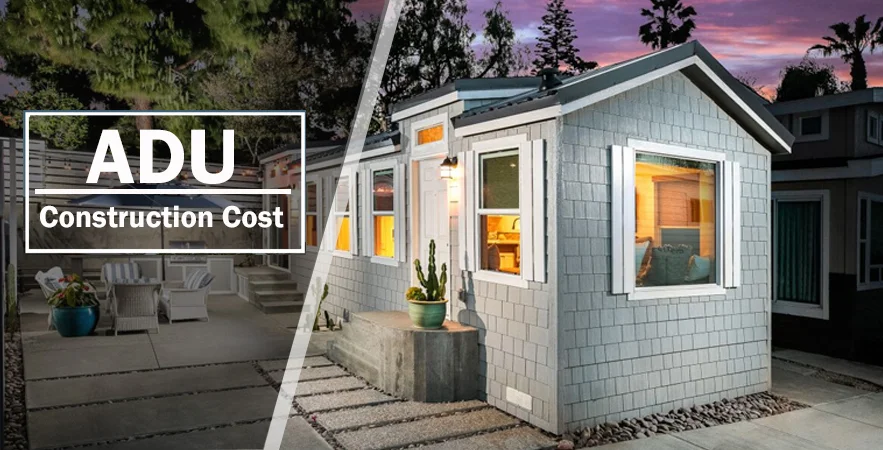What To Be Aware Of Before Building An ADU
Building an ADU or Accessory Dwelling Unit can be a great way to generate rental income, provide a space for a family member or a guest, or simply add more living space to your property. ADUs are small, independent living units attached or detached from the main home, and they have become increasingly popular over the years. However, ADU Construction is not as simple as it may seem.
In this blog, we will discuss some key factors you need to be aware of before taking the plunge.
Zoning and Building Codes
The first step in ADU Construction is to determine if it is allowed in your area. Zoning laws dictate whether it is legal to build an ADU on your property, and if so, what the minimum size must be, where it can be located, and what types of units are allowed. You will also need to comply with building codes, which establish design, construction, and safety standards. Building codes can vary by location, so make sure you understand the codes in your area before beginning construction.
Permits and Regulations
ADU Construction requires permits, inspections, and approvals from the local government. Permitting requirements vary by location, but typically include submitting plans, obtaining approvals from various departments, and passing inspections. You should be aware of the permits and regulations required in your area, as they can significantly impact the timeline and cost of your project.
Site Preparation and Utilities
Before construction begins, you will need to prepare the site for the ADU. This may involve clearing the area, grading the foundation, and installing utilities, such as electricity, water, and sewage. Site preparation can be expensive and time-consuming, so it’s important to budget accordingly. You should also factor in the cost of connecting the ADU to existing utilities, which can be significant.
Design and Layout
ADUs come in a variety of designs and layouts, and you should consider your specific needs and goals when choosing one. Factors to consider include the size of the unit, the number of bedrooms and bathrooms, the layout of the living space, and the accessibility of the unit. You should also consider the aesthetics of the unit, as it will be a visible addition to your property.
ADU Construction Costs and Financing
ADU Construction can be expensive, with costs typically ranging from $50,000 to $200,000 or more. The cost will depend on a variety of factors, including the size and design of the unit, the materials used, and the complexity of the construction. Financing options for ADUs include cash, loans, and HELOCs. You should explore all of your financing options and choose the one that best suits your needs.
ADU Rental Restrictions and Lease Agreements
Many areas impose rental restrictions on ADUs, such as requiring the owner to live on the property or limiting the length of the rental period. You should be aware of any rental restrictions in your area and factor them into your rental strategy. You should also have a lease agreement in place with your tenants, which outlines the terms of the rental, including rent, security deposit, and maintenance responsibilities.
Property Management and Maintenance
Renting out an ADU requires property management and maintenance, just like any other rental property. You will need to screen tenants, collect rent, handle maintenance requests, and enforce lease agreements. You can choose to manage the property yourself or hire a property management company to handle it for you. You should also budget for regular maintenance and repairs to ensure the unit remains in good condition.
Potential Challenges and Limitations
Finally, ADU Construction can come with its share of challenges and limitations. For example, you may face opposition from neighbors who don’t want a rental unit in their neighborhood, or encounter unexpected construction challenges that increase costs and delay completion. You should be prepared to handle these challenges and limitations as they arise and have contingency plans in place to mitigate their impact on your project.
In conclusion, ADU Construction, ADU Housing can provide a great source of rental income or additional living space, but it also requires careful planning and consideration. By understanding the zoning and building codes, permits and regulations, site preparation and utilities, design, and layout, construction costs and financing, rental restrictions and lease agreements, property management and maintenance, and potential challenges and limitations, you can increase your chances of success and avoid common pitfalls.
Also Read: Cost to Finish a Basement

